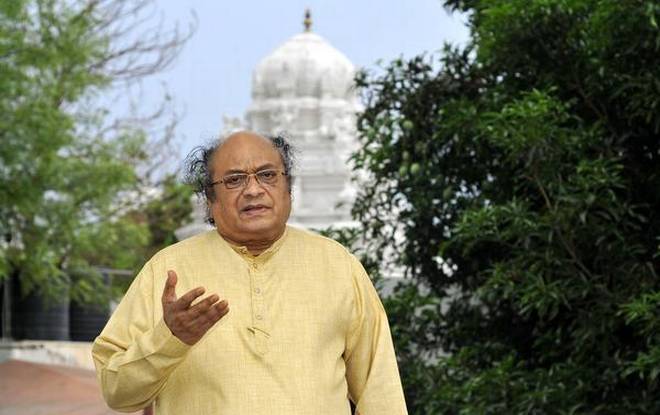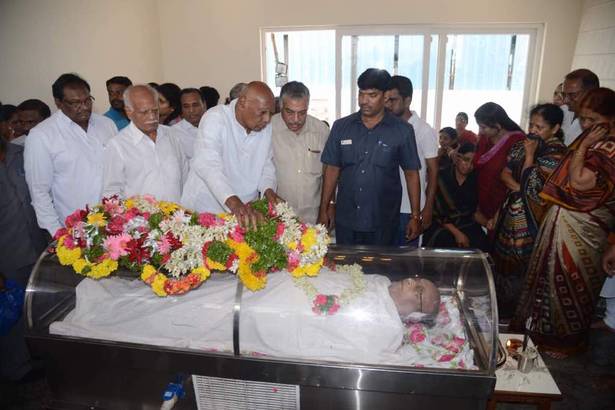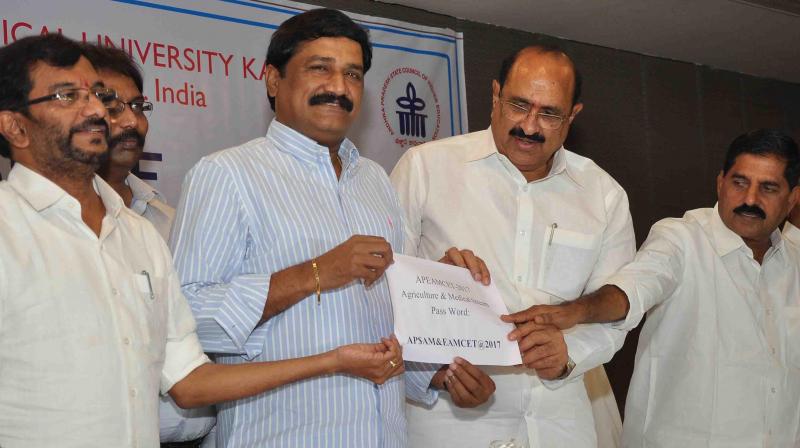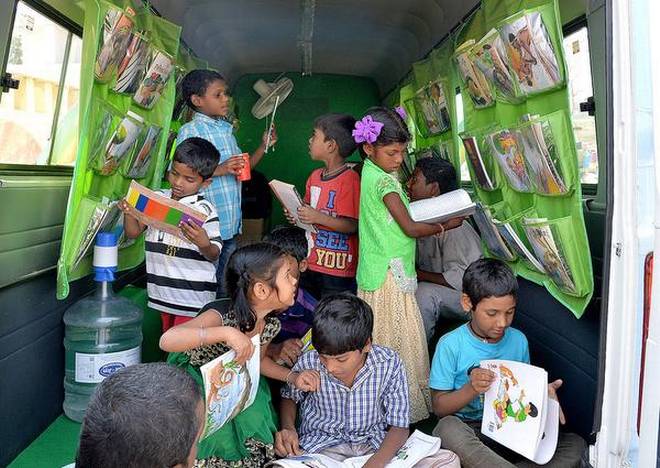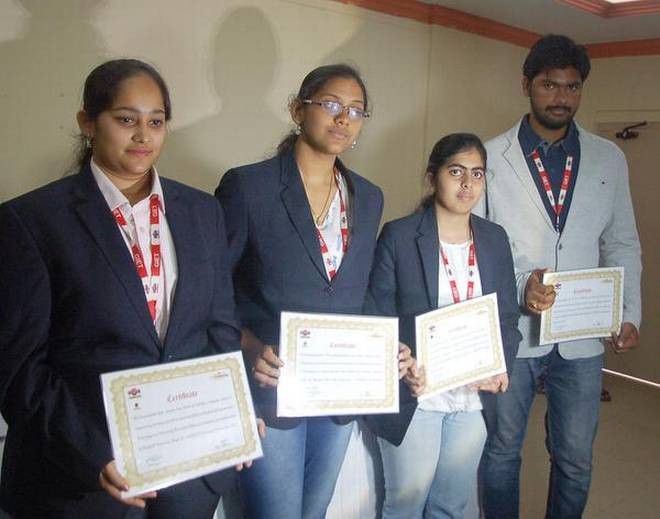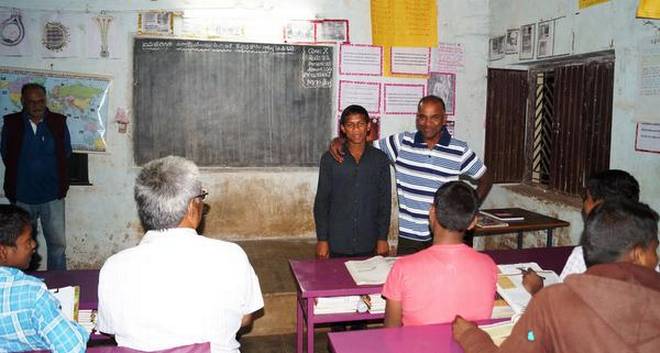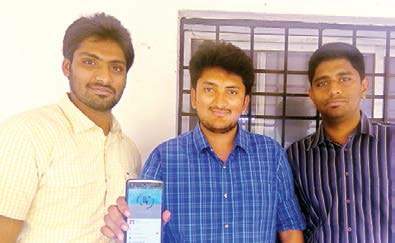Visakhapatnam :
The superbug or multi-drug resistant (MDR) bacteria has become a challenge for doctors and curse for patients worldwide. As a result of misuse or over-usage of antibiotics to kill bacteria, certain bacteria became resistant to many drugs or antibiotics, and cannot be destroyed by antibiotic medicines even with combination of two or more drugs administered by doctors. Therefore, research is now focussed on evaluating the efficacy of non-antibiotics to treat MDR bacteria.
In this regard, the microbiology department of Andhra Medical College (AMC) has undertaken an interesting and much-needed research on non-antibiotics to counter threats from superbugs and thereby reverse the antibiotic resistance.
In a research titled ‘Reversal of Methicillin Resistance in MRSA by Thioridazine’ (MRSA is the name of the bacteria Methicillin Resistant Staphylococcus Aureus while Thioridazine is the name of the non-antibiotic drug) undertaken by researcher Dr Ramakrishna Reddi under the guidance of Dr Professor N Lakshmi, drugs such as Thioridazine and other non-antibiotics are showing promising results against MRSA superbug and can also be effective for treatment of MDR Tuberculosis after further research and clinical trials.
“Bacteria multiply very rapidly. For example, 100 E Coli bacteria can become one million within six hours or so. Antibiotics are used as medicines to kill the disease causing bacteria but if in the million new bacteria, one or two mutates or changes, then these may not get killed by the antibiotics or drugs prescribed by doctors and develop into drug resistant bacteria. Sometimes, to counter drug resistance, the doctor treats the patient using combination of two or more antibiotics. But even then, the drug resistant bacteria may become resistant to the combination drugs and treatment would fail. Such bacteria, which develops resistance against combination drugs, are called MDR bacteria or superbugs,” explained researcher Dr Ramakrishna Reddi.
When the bacteria become resistant to antibiotics, treatment fails (as the bacteria doesn’t get killed by the medicines). But with reversal of antibiotic resistance, these bacteria lose their resistance and become sensitive to antibiotics again and thus treatment would be successful (the bacteria would successfully get killed by the medicines).
Elaborating on the research, Dr Reddi said, “When the antibiotics stop responding or fail to kill the bacteria causing the disease, then lab research indicates that non-antibiotic drugs like Thioridazine used along with the antibiotics can enhance the performance of antibiotics. However, clinical trials are still due for this though the research is promising. In itself, Thioridazine is an anti-psychotic medication, which has its own side effects. But isomers of Thioridazine (compounds with same chemical composition but different structure) has less side effects and significant antibiotic profile or properties and pain killers like diclofenac too has anti-biotic profile. With the rapid evaluation of drug designing software, these non-antibiotics, which show antibiotic properties can be tweaked in their structure using computer programmes and can be designed such that they can help in the fight against drug resistance or MDR evolving in bacteria and the cures.”
After one year of lab research, which has been quite promising, Dr Ramakrishna said, he is going for the next level that is structural alteration or designing level. “The structure of the drug compounds can be altered to see what new medicinal properties emerge with respect to anti-psychotic effects and microbial effects and accordingly, we will minimise the side effects and maximise its reversal of drug resistance properties,” added the doctor.
source: http://www.timesofindia.indiatimes.com / The Times of India / News> City News> Visakhapatnam News / by Sulogna Mehta / TNN / February 16th, 2017
